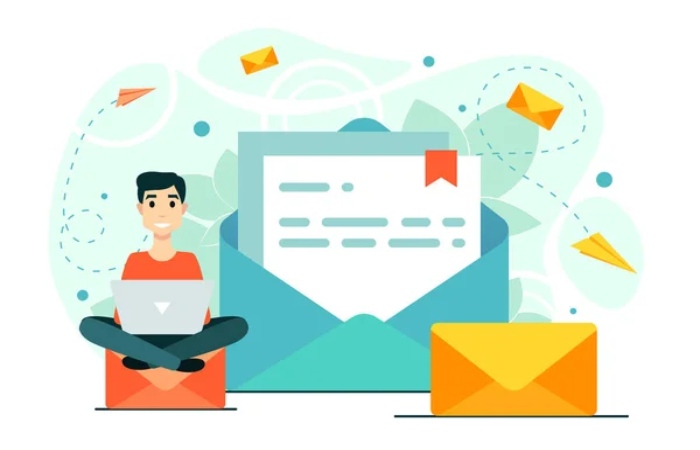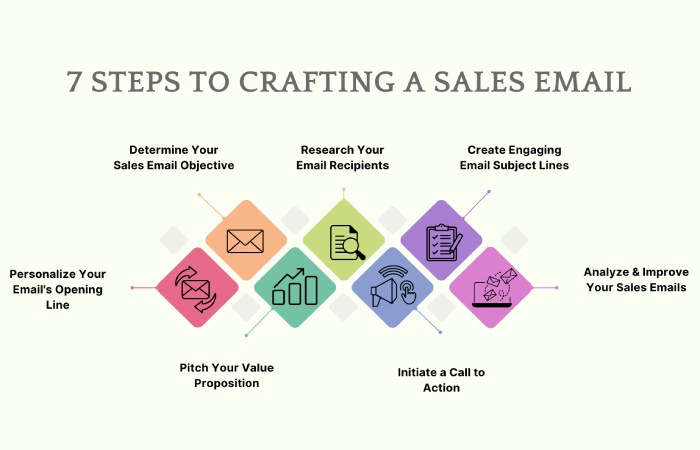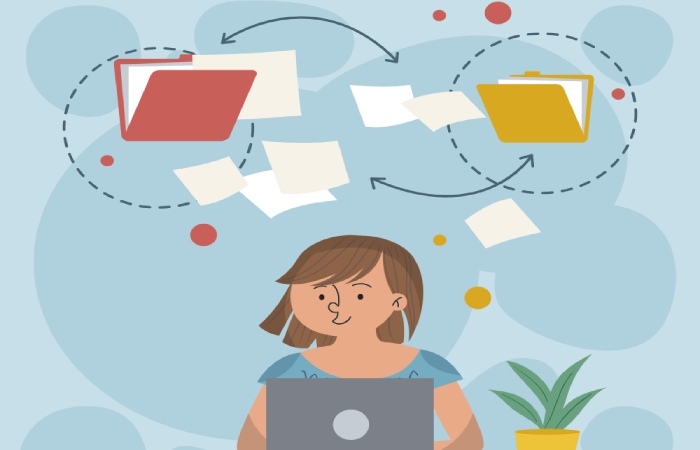10 Tips For Getting a Response to Your Emails
The evolution of technology has revolutionized communication, particularly in the corporate world. With the advent of emails, businesses have found a more efficient way to reach their target audience, bypassing the need for in-person meetings, events, or seminars. However, a common challenge that many of us face is the lack of response to our emails, leaving us in a state of uncertainty.
Although it’s not entirely in your hands to persuade a recipient to write back, but you can adopt skills to create a clear and compelling email, encouraging them to respond to you. If you merely type words to the screen and put your message out there without much effort, then recipients are less likely to open and engage with what you have sent. On the other hand, if you focus on clarity, conciseness, engagement, relevance, and showing respect for the recipient’s time and attention, you will be able to solicit a response.
Honing these skills becomes even more important when you are waiting for an answer that could influence an important business decision, such as closing a deal or finalizing a time for a meeting.
So, if you aim to prompt the recipient to write back to you without delay, begin by understanding their needs, expectations, and perspective while recognizing how exactly you can alleviate their pain points. To achieve this, tailor the email content in a manner that clearly conveys your points and elicits the desired reaction.
You need to understand that email communication is beyond the practice of just exchanging a few words; you basically exchange a whole idea that, if drafted and delivered well, can be very fruitful for your growth. It’s all about creating a bridge for comprehending and discerning each other’s perspective.

Here are 10 tips to help you get a response from recipients amidst their busy schedules. These tips revolve around the core tenets of effective communication, including clarity, brevity, relevance, and respect for the recipient’s perspective.
Tip 1: Your Subject Line Should Speak For Itself
A good subject line is like the headline of a news article; it is based on this that the recipient decides whether to open the email or not. It should be brief, engaging, and crisp and clearly convey the email’s context or intent. Use action-oriented words like ‘upgrade,’ ‘transform,’ and ‘optimize.’
Keep your subject line under 50 characters and avoid a vague or overly clever one, as it may confuse the recipient or fail to convey the message’s intent. If possible, use the recipient’s name or refer to relevant information to add a personalized touch.
Tip 2: Maintain a Professional Tone
Use a professional tone in business emails, even if the context is less formal. Maintaining respect and courtesy is important, and it goes a long way. Don’t use jargon or slang because you will come across as unprofessional or an amateur.
Moreover, in a busy inbox, recipients often prioritize emails based on their perceived importance. A professional tone signals that the sender respects the recipient’s time and has something meaningful to communicate, increasing the likelihood of the email being opened amid other competing messages.
Tip 3: Personalized Emails Evoke Emotions
Personalized emails get more responses because they hit the right chords in the recipients’ heads and hearts. Don’t rush; take time to learn more about the recipients, their roles, responsibilities, interests, and other relevant information. Browsing their LinkedIn profiles and going through their websites’ about-us section will help.

Don’t refrain from mentioning any past interactions, like a conversation, event, or mutual connections you share. This helps build rapport and strengthen your connection with them.
Tip 4: Your Content Should be Concise Yet Complete
Nobody likes to read a 500-word email on a busy day. So, don’t overwhelm the recipient and lose your chance of receiving a reply. Try conveying your message and intent in 100-150 words at max, and use bullet points wherever possible.
Tip 5: End With a Specific Question
If you want a response, end your email with a specific question. Avoid ambiguity or multiple questions that might confuse the recipient. Ensure that the question is relevant to the content of your email and the recipient’s interests or needs. Tailor your question to prompt a response that aligns with your communication goals.
Let them know that their response is valuable, and if necessary, emphasize an urgent reply to encourage them to respond quickly.
Tip 6: Follow Up Without Pestering
Strike the right balance between persistence and patience to send follow-up emails without being perceived as pestering. Give the recipient enough time to respond before following up. The timeframe can vary depending on the urgency of the email and your relationship with the recipient. Typically, waiting 3-5 business days before sending a follow-up is considered appropriate.
Also, if you are not getting a response despite sending multiple follow-ups emails, move on. Respect the recipient’s decision.

Tip 7: Don’t Overlook Proofreading
Don’t hit the send button before running your email content through tools like Grammarly. Then, do a thorough round of self-proofreading to ensure there are no errors and fluffs, and that you have conveyed your idea within the minimum number of words.
Emails with grammatical errors not only look unprofessional but also make you look careless. What’s worse is that your message can be confusing because of the wrong use of words, especially if auto-correct is on.
Tip 8: Use a Friendly Closing
A friendly closing tone maintains a positive and respectful tone until the end. You can consider using the following-
- ‘Best regards’ is a versatile and widely used closing that strikes a balance between professionalism and warmth.
- ‘Sincerely’ is more formal, but it can also be used in a friendly manner, especially after a personalized message.
- Ending with ‘thanks’ expresses gratitude and appreciation for the recipient’s time and consideration.
- ‘Looking forward to hearing from you’ expresses anticipation for further communication, showing eagerness to continue the conversation.

Tip 9: Time Your Emails
Don’t send emails at random times, especially if they are sales emails. Know when your recipient is more likely to check their emails and send 30-60 minutes before that.
- If your target audience is people working 9 to 5, then send emails at around 10 AM on weekdays.
- Business leaders usually start their day early, so aim to send between 8 AM and 10 AM on weekdays.
- Mondays are often busy days as people catch up on emails from the weekend and plan their week ahead. Fridays can also be challenging as people may be wrapping up tasks before the weekend. Midweek, particularly Tuesday through Thursday, tends to be more optimal.
- Avoid sending emails to leaders in the late mornings or early afternoons, as these are their peak meeting hours.
- If your recipient is in a different time zone than you, then adjust your sending time accordingly to ensure it aligns with their typical work hours.

Tip 10: Add Value
Once you are done drafting an email, ask yourself if your email can add any value to their day. If not, redraft it. Ensure your message offers value- information, a solution, or a benefit. Otherwise, getting a prompt response would take a lot of work.
Final Words
Remember these key principles: Understand the recipient’s perspective, offer value, and communicate with clarity and respect. When recipients see that you value their time and understand their needs, they’re more likely to respond positively. Boost your email response rates with Nureply, using AI-driven insights and personalized follow-ups to ensure your message is noticed.
As you continue your journey to mastering email communication, keep refining your skills with each message you send and receive. Apply, evaluate, and refine these tips to inspire the responses you seek.


